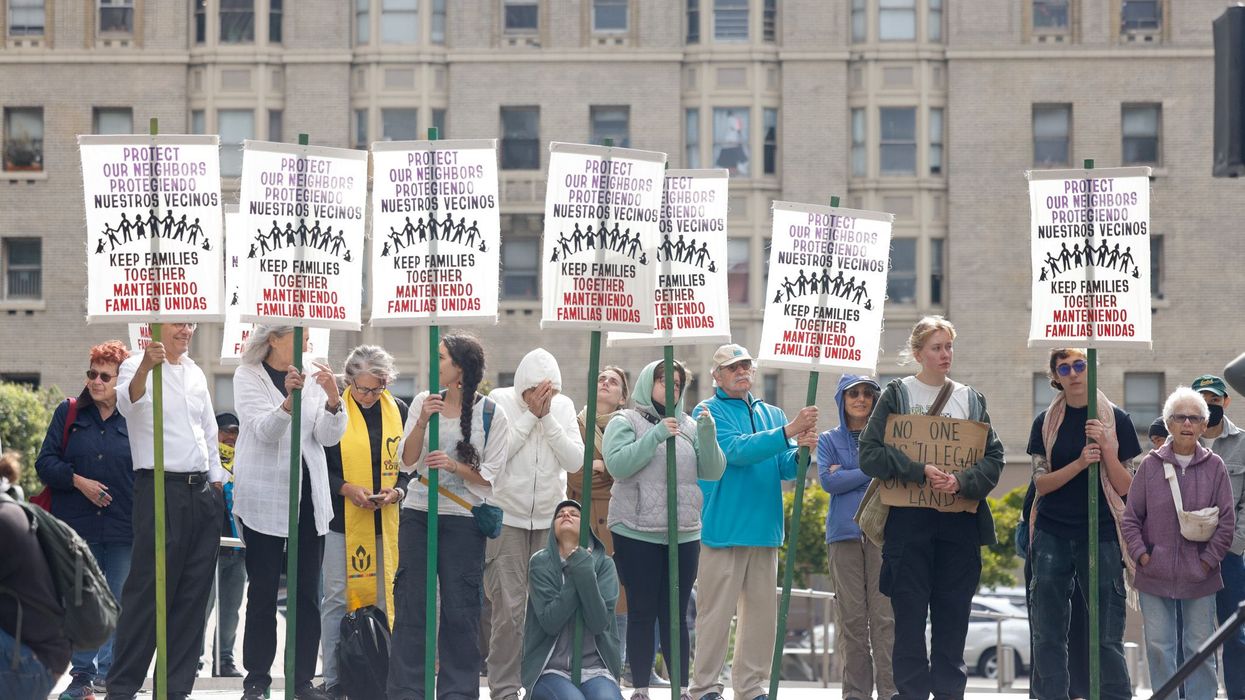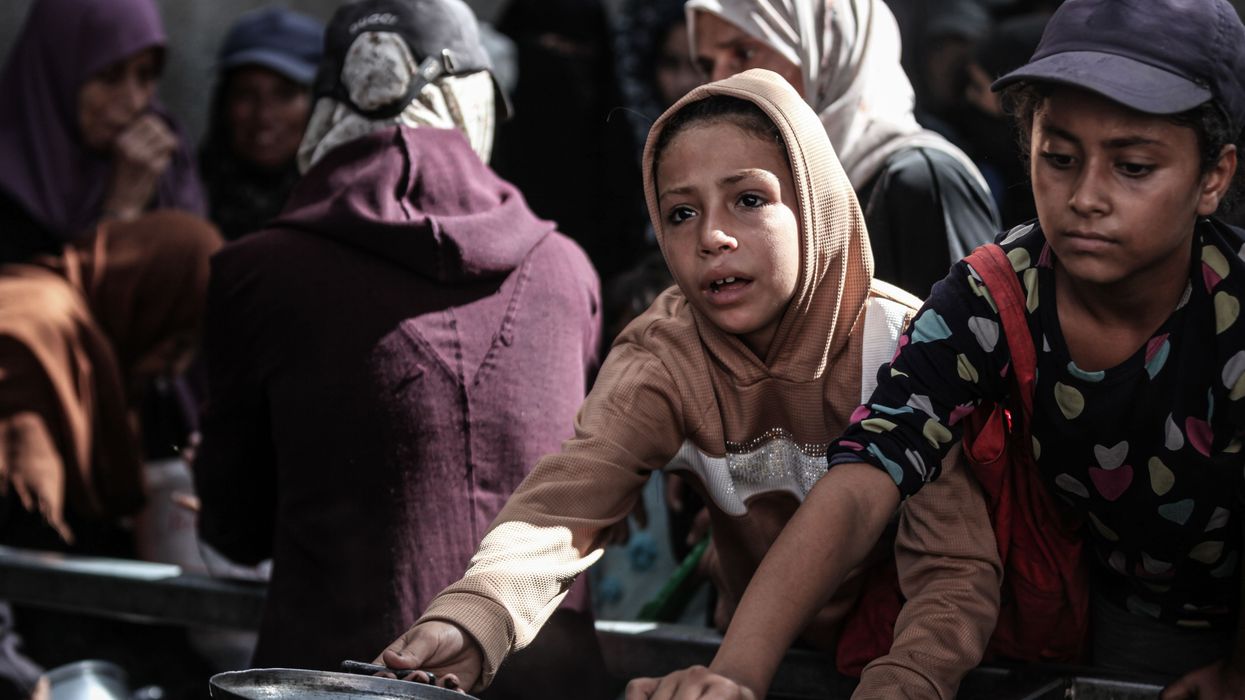"This support of DHS agencies continues the Coast Guard's operations to control, secure, and defend US borders and maritime approaches," the spokesperson said in a statement to multiple local media outlets. "Through a whole-of-government approach, we are leveraging our unique authorities and capabilities to detect, deter, and interdict illegal aliens, narco-terrorists, and individuals intent on terrorism or other hostile activity before they reach our border."
As KQED pointed out Wednesday, the region has already seen increased immigration enforcement in recent months:
Since May, Immigration and Customs Enforcement and CBP officials have been escalating operations throughout the Bay Area, moving to have undocumented immigrants’ asylum cases dismissed and arresting them outside of courtrooms and ICE field offices.
More than 2,000 people were arrested in San Francisco's "Area of Responsibility" between January and July 2025, according to Mission Local.
The reporting on the federal agents due to start arriving in the Bay Area on Thursday followed various threats from Trump to send National Guard soldiers into San Francisco, as he has with Los Angeles, California; Washington, DC; Portland, Oregon; and Chicago, Illinois. The president and Republican Tennessee Gov. Bill Lee have also collaborated to deploy National Guard troops in Memphis.
A federal judge has blocked the National Guard deployment in Illinois—where ICE's Operation Midway Blitz is ongoing—but the Trump administration has appealed to the US Supreme Court. Citing two unnamed officials, CBS News' Camilo Montoya-Galvez reported on social media Wednesday that Border Patrol's Gregory Bovino, who has led immigration raids in Chicago and Los Angeles, "is expected to be involved in the operation" in the Bay Area.
Elected officials across California have condemned the deployment of federal agents and Trump's threats to send National Guard troops. Democratic Gov. Gavin Newsom—a likely 2028 presidential candidate—declared in a Wednesday video on social media that "this is right out of the dictator's handbook."
Newsom accused Trump of sending in masked immigration agents to cause "anxiety," so he can then justify deploying the National Guard. As the governor put it, "This is no different than the arsonist putting out the fire."
Democratic San Francisco Mayor Daniel Lurie said Wednesday that "our communities have already endured the painful impact of aggressive immigration enforcement. At the same time, we continue to see escalated operations across the country, with military personnel on the ground in cities like Chicago and Portland."
"For the last 10 months, we have been taking steps to prepare for this kind of escalation here in San Francisco," he continued. "Just a few minutes ago, I signed an executive directive that will build on these preparations, strengthen the city's support for our immigrant communities, and ensure our departments are coordinated ahead of any federal deployment."
"Immigrants are the small business owners, essential workers, community leaders, and neighbors who make San Francisco a place that we are proud to call home. They fuel our economy—contributing nearly $275 billion in output and $23 billion in annual tax revenue across California," he added. "San Francisco will never stand by as our neighbors are targeted, and neither will I."
Meanwhile, in Alameda, where the base is located, the city said in a Wednesday statement that "the Alameda Police Department (APD) is not a part of this operation, and APD does not enforce federal immigration laws or related civil warrants."
The city also shared various resources and stressed its commitment "to the values of dignity, inclusivity, and respect for all individuals, regardless of ethnic or national origin, gender, race, religious affiliation, sexual orientation, or immigration status."
Congresswoman Nancy Pelosi (D-Calif.), a former speaker of the House of Representatives, said Tuesday that "San Francisco does not want or need Donald Trump's chaos. Our city takes great pride in the steps we've taken to significantly increase public safety and reduce crime—without the interference of a president just seeking headlines."
California Attorney General Rob Bonta this week threatened to sue over any deployment of the National Guard, as did San Francisco City Attorney David Chiu—who on Monday urged the US Supreme Court "to uphold the bedrock legal principle that domestic law enforcement is not the military's job."
"San Francisco has seen historic drops in crime," Chiu said, "and our local law enforcement are more than capable of keeping our city safe while upholding First Amendment rights."
The administration's attacks on First Amendment rights have extended far beyond immigrants and protesters of the president's anti-migrant agenda; Trump and his officials have also targeted journalists and media companies, comedians, law firms, federal workers, anti-fascists, and anyone expressing views deemed "anti-Christianity," "anti-capitalism," or "hostility toward those who hold traditional American views on family, religion, and morality."



